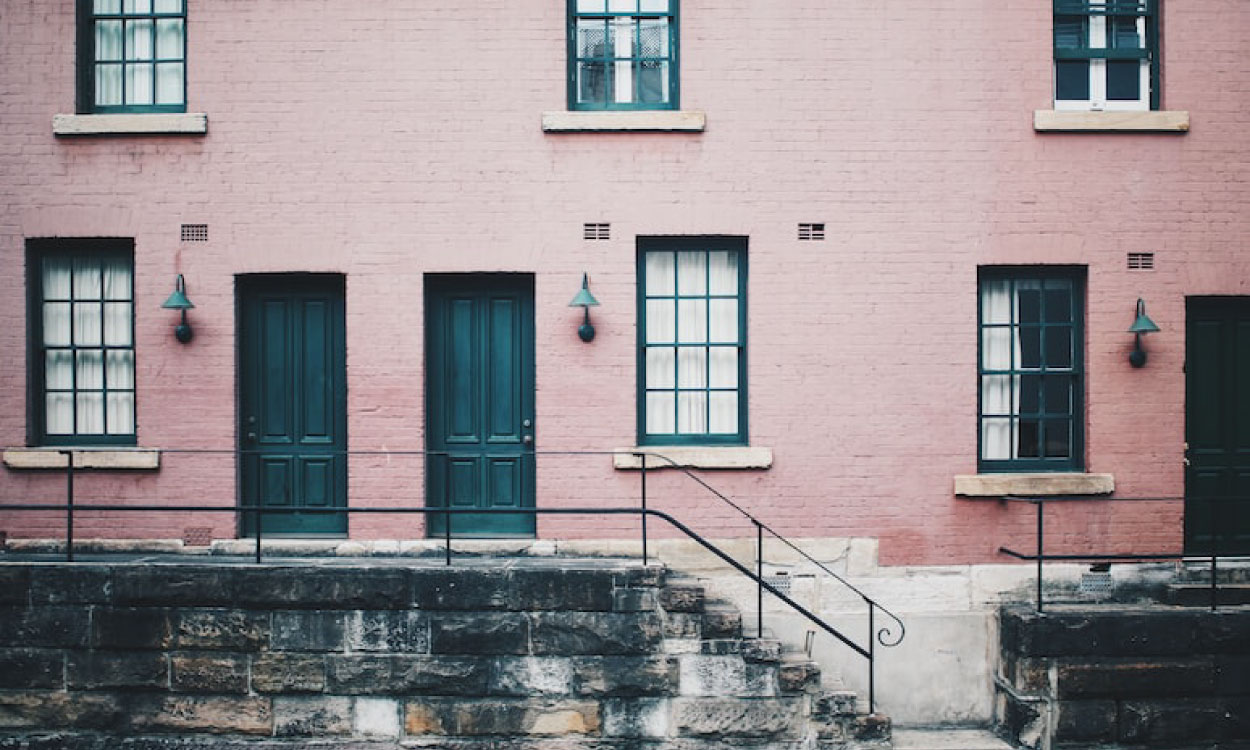For a green lawn, you must apply a few grass-watering tips. First, determine how often and for how long to water your grass. Most lawns require 1 -1.5 inches of water per week, but you should best consider the type and quality of your soil. The best time of the day to water grass is early morning.
When starting a new lawn, the first thing to master is watering. I had trouble finding the perfect balance between over and underwatering my lawn when I was a newbie. So, I want to help you enjoy your lawn from the very first day.
Stay tuned to find out how often, how deeply, and for how long to water grass! I’ll also include the best lawn watering tips I’ve gathered over the years.
The Best Tips & Tricks For Watering Your Lawn
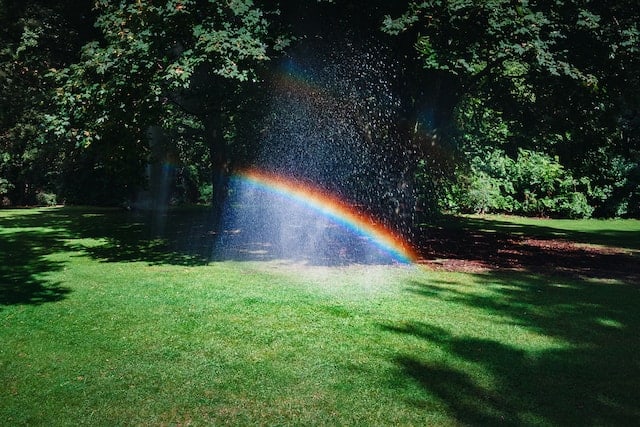
As I read in an article written by Jane C. Martin, Alyn Eickholt, and Joanne Dole, and published on Ohioline, the Ohio State University Extension, too much or too little water can damage your lawn. If you underwater your lawn, it will dry out and become patchy. On the other hand, overwatering results in rot or disease.
I speak from first-hand experience, so believe me, resolving these problems is hard – it is far better to prevent them. The following advice should help!
How Often To Water Your Lawn?
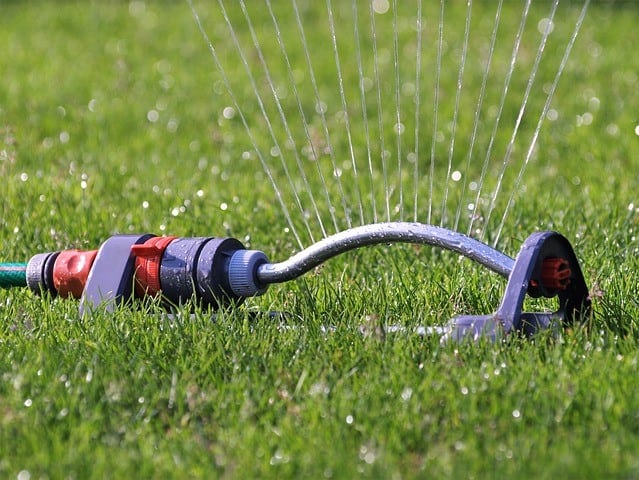
Your lawn watering schedule depends on many factors, such as:
Age Of The Lawn
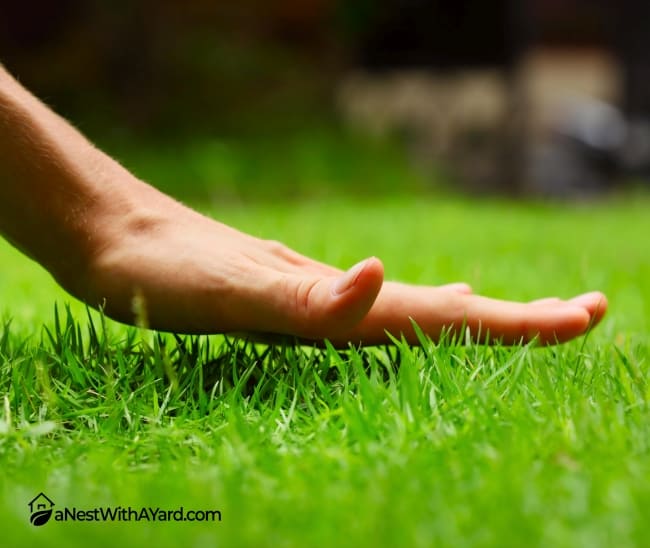
Newly Seeded Lawns
According to Thomas M. Rathier from the Connecticut Agricultural Experiment Station, newly planted grass seed needs to be kept hydrated and thus calls for frequent light watering (once or twice a day). You must keep the soil consistently moist and not let it dry completely.
As soon as the seeds germinate, make your watering sessions less frequent. In my experience, it usually takes about 3-4 weeks from planting to get to this stage.
It is time to stop watering new grass daily when it grows to about 1 inch high. At this stage, I recommend switching to watering your lawn twice a week until the grass reaches the mowing height (about 3 inches).
Extra Tip:
Don’t change the watering frequency abruptly. Go slow so that your lawn can adjust and not get damaged by the shock of the sudden change.
Established Lawns
According to Dennis Pittenger, an area environmental horticulturist at the UC Center for Landscape and Urban Horticulture, established lawns don’t need daily irrigation – not even during the hottest summer months. The only exceptions are extremely hot inland and desert areas with sandy soils.
When you water the grass daily and keep the soil moist all the time, the root system remains shallow. A shallow root system dries out quickly, making your lawn sensitive to water deficiency. Then, if you forget to water your lawn for a day or two, there is a significant risk your grass will turn yellow. I have seen this happen to my neighbors.
An article written by Theodore C. Hsiao and Liu‐Kang Xu, and published in the Journal of Experimental Botany, explains that during water deficiency, plants tend to grow their roots rather than their foliage. Use this to your advantage and start watering your established lawn less frequently but longer so that the water can penetrate more deeply. Grass roots will grow deeper in search of water and thus become stronger and more drought resistant.
Grass Type
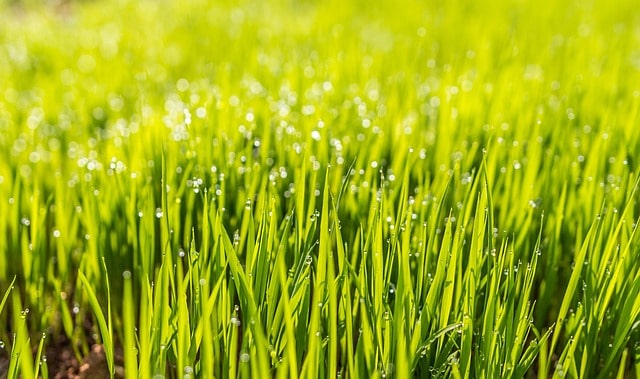
Cool Season Grasses
Cool-season grasses (such as fescue or bluegrass) grow most actively in the fall and thus require regular watering during this period. Throughout the growing season, this grass requires well-cultivated soil and about 1-1.5 inches of water every week. The growing season ends with the first frost.
When it comes to summer months, the Missouri Botanical Garden website offers two options. You can continue watering the cool-season grass during the hot months or keep it in a dormant state with a minimum amount of care. I opt for the latter.
Warm Season Grasses
Warm-season grass (such as zoysia or Bermuda grass) grows most actively during the summer season and generally requires less water than cool-season grass. Therefore,
the International Society for Horticultural Science suggests you should stick to warm-season turfgrass species to reduce irrigation needs.
Soil Type
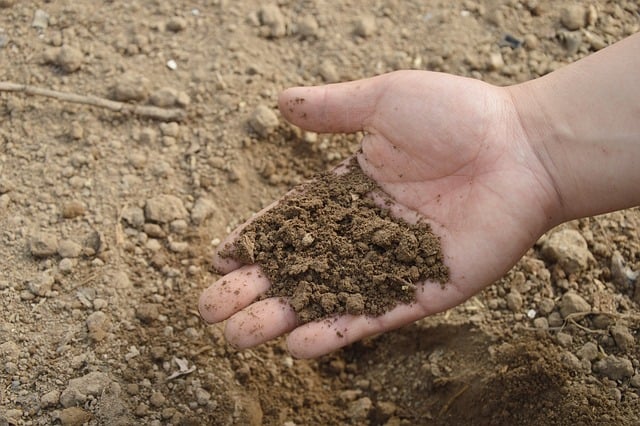
According to Kevin Frank from the Michigan State University, Department of Plant, Soil and Microbial Sciences, good soil is the secret to a good lawn. Unfortunately, not everything can be resolved by using fertilizers or pesticides.
To determine what nutrients your soil needs, you must get it tested, as confirmed by another article I read on the Michigan State University (MSU) Extension website. Overuse of fertilizers is not only a waste of money but a potential environmental hazard, too.
Knowing what type of soil you have in your garden helps determine the proper watering schedule. I found a great article on the Lawn Experts website that talks about all the different types of soil:
- Clay
- Sandy
- Loamy
- Chalky
- Peaty
Loamy and peaty soils are the best options for establishing and maintaining lawns. Clay and sandy soils require additional work, while chalky soil is what we call poor soil and is almost impossible to cultivate.
As thoroughly explained in the Lawn Care Guide issued by the Townswille City Council, sandy soil should not be watered too quickly, or you’ll flush out precious nutrients. To prevent the water from traveling too quickly below the roots, increase the soil’s water-holding capacity by adding organic matter.
The same guide goes on to explain that clay soil doesn’t soak up water easily, and can absorb only about 1mm and 5mm of water per hour. If you use more than that, the runoff will wash away the valuable nutrients. Hence, you should use a water-efficient sprinkler system and soak the soil slowly. To improve your clay soil, add 1-2kg of gypsum for every square meter – it has worked wonders for my lawn.
How Long To Water Your Lawn?

According to Kelly Feehan, a UNL Extension Educator at the Institute of Agriculture and Natural Resources, the University of Nebraska, established lawns should be watered until the soil becomes moist about 6 inches deep. In most climates, this translates to about 1 to 1.5 inches of water per week.
But how do you know when you’ve done this correctly?
I found a great tip on monitoring the amount of water you use in an article published by the University of Maryland Extension. It suggests placing a shallow can on the lawn and stopping watering grass when it collects one inch of water.
Extra Tip:
The right sprinkler system for your lawn’s square footage does not guarantee success. Not all sprinkler heads produce the same amount of water, so your lawn might not get watered evenly. Therefore, if you choose a sprinkler system rather than a garden hose, it would be wise to run a sprinkler test described by the Drought Tolerant Garden Handbook issued by Los Angles County (pg. 29). It will help you determine how long to leave your sprinkler on.
What Is The Best Time Of Day To Water Your Lawn?
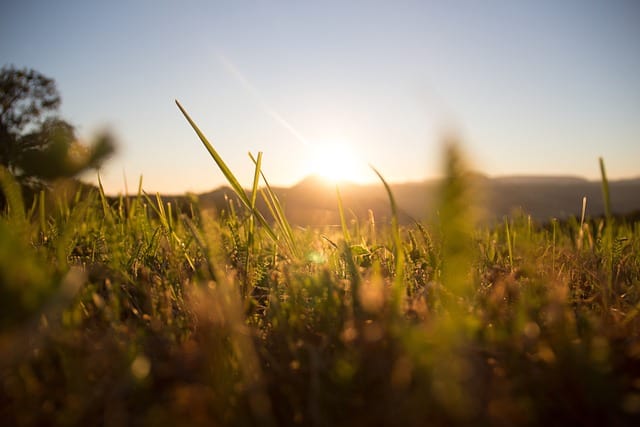
According to Richard Jauron, author of the Horticulture and Home Pest News at Iowa State University, the best time to water your garden and lawn is early morning, between 5 and 9 a.m. – it does not matter if you use in-ground sprinklers, a garden hose, or a watering wand.
Early morning is ideal for lawn watering because there is enough time for the soil to absorb the water before it evaporates. Besides, the grass will dry as soon as the sun comes out, reducing the risk of fungal diseases.
The next best time to water grass is later in the afternoon (4 to 6 p.m.). If you are not a morning person, like me, forget about hose or sprinkler heads. Instead, use a drip irrigation system or soaker hose to avoid getting the grass too wet. Why is that important? If the moisture sits on your grass overnight, your lawn is likely to develop a disease.
How Can You Tell It’s Time To Water Grass?
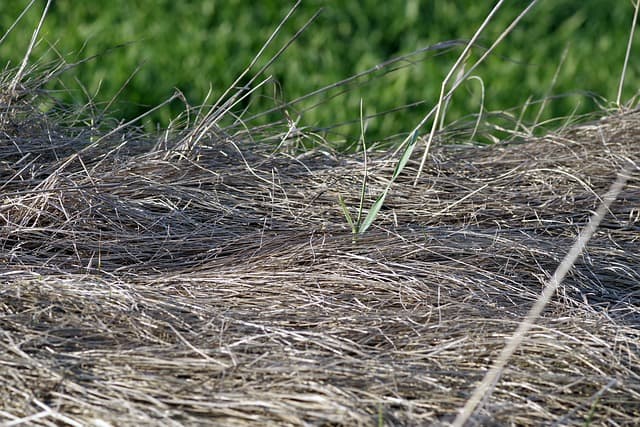
Here are some tell-tale signs to look for:
- Gray shade grass
- Curled grass blades
- Grass takes too long to spring back up when you step on it.
Before we wrap it up, check out this video for eight secrets to keep your lawn green and healthy.
FAQs
How many minutes should I water my lawn?
You should water your lawn for 30 minutes, two times a week. This way, your lawn should get the 1 inch of water per square foot it needs to thrive.
Is it better to hand water or use a sprinkler?
It is better to use a sprinkler if you’re inexperienced. According to the University of Georgia horticulturists David Berle and Robert Westerfield, inexperienced users are likely to over or underwater a lawn when hand watering.
Is it better to water your lawn in the morning or at night?
It is better to water your lawn in the morning, as this gives the roots enough time to absorb water before it evaporates. The grass has enough time to dry in the sun, too, reducing the risk of fungal diseases.
Final Thoughts
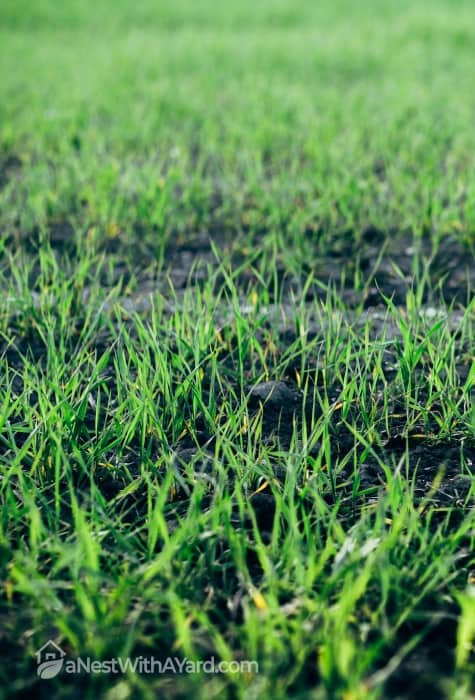
Watering is the single most important thing when hoping for an evergreen lawn. As you can see, your work isn’t done when you set up a sprinkler system. You must apply everything you have read in this article!
I hope you like my lawn gardening tips. Please share this article with others. Ask me anything, too!

